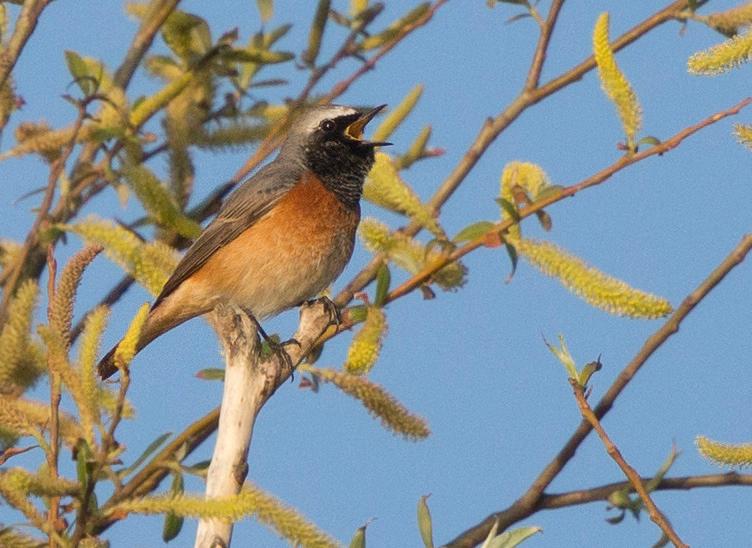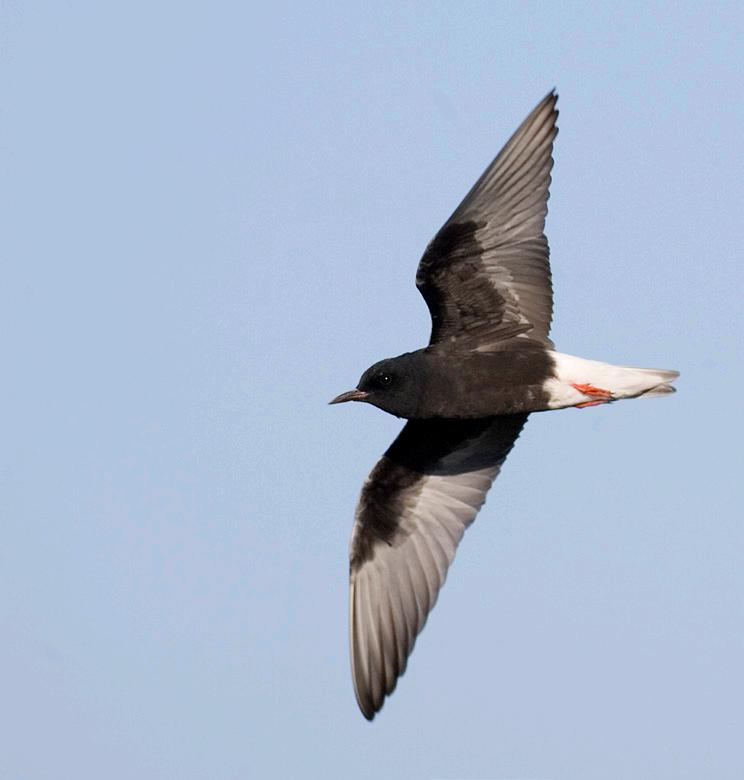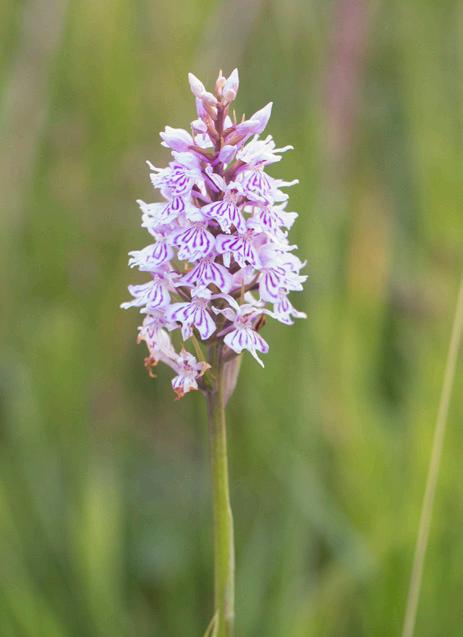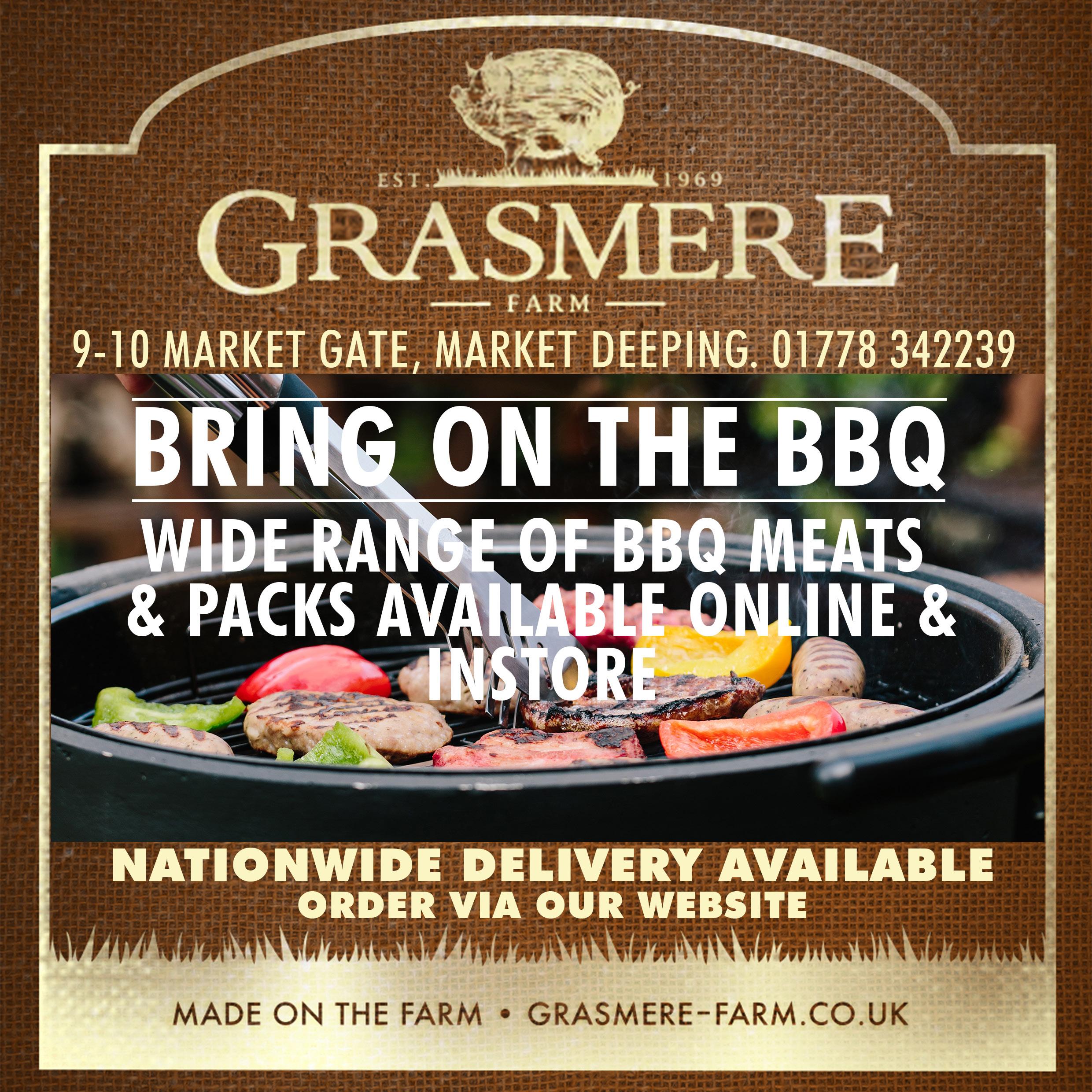
6 minute read
20 years of patchwork: Part 2
20 years of patchwork: Part 2 Reflections of birding at Deeping Lakes
It’s been a spring of rediscovery for me. During lockdown I’ve got very much back to basics and come full circle with my birding, and rediscovered the joys and rewards of regularly watching my local patch – Deeping Lakes. As I explained last month, it was some 20 years ago that I first started watching Deeping Lakes on a regular basis.
Advertisement
During this time the reserve has changed in many ways. For starters, the East Pits were still being excavated and the West Pits were only just landscaped. The Lake was known back then as Dandridge’s Lake, was strictly private and hard to view.
Eventually Lincolnshire Wildlife Trust acquired the land and even bought Dandridge’s Lake. Pathways were created and hides erected, a car park installed and now my quiet little patch is a popular destination for family walks.
The spring is always a season I look forward to, as the winter gives way, the landscape explodes into colour and with it there are new birds and discoveries to be had. Each spring is different and Spoonbill looking back over the 20 years there are clearly winners and losers.
Breeding Lesserblack backed and Herring Gulls are a relatively new colonist to the reserve in the past five years; however, Black-headed and Common Terns are well down in terms of breeding pairs these days. We now have breeding Cetti’s
Redstart

Warbler, which just wasn’t present 20 years ago but has expanded its range in Britain, whereas we have completely lost the Turtle Dove as a breeding bird on the reserve and I haven’t seen one there for ten years or more.
Bittern are now regular winter visitors and it can only be a matter of time before they try and breed in the mass of reed-bed habitat on the reserve. Cormorants now breed on the Lake as well as the Mere and Little Egrets, , an incredibly rare visitor 20 years ago, now breed nearby as well.
What leads to these changes? Well, for some it’s a natural expansion of range but for others, like the Turtle Dove, the reason for their decline is almost certainly man-made, whether it is habitat loss or hunting.
It’s not just the birds that I have seen changes with; the reserve is a riot of colour now in early summer with hundreds of Marsh, Common Spotted and Pyramidal Orchids in bloom. We only found the first Pyramidal just shy of 20 years ago by the western pits. I used to see mink regularly but these days, otter families
are frequent on the reserve and every encounter is very special and exciting.
It might seem mad, the idea of visiting the same place every day, but it’s the oddities that keep me going. The hope of discovering something new and the wonder of migration make every visit worthwhile. There is something truly special about discovering something out of the ordinary close to your door and when you do it makes even the quiet days worth it.
There have been some great magical moments that live long in the memory. A White-winged Black Tern, a rare visitor from Europe appeared for a day in the summer of 2003. These black and white beauties are graceful flyers and this individual was a first for me, so a truly special bird.

Spoonbill Long-eared Owl White-winged Black Tern


One late October morning, Dad and I visited and bumped into our old pal Trev, and as we stood there seven Sparrowhawks all flew through, migrating, and then suddenly a male Hen Harrier passed by. The scope views were the best I’ve ever had, looking straight at that sleek, steely grey bird of prey with its piercing yellow
eyes. I also have lots of amazing memories of encounters with Long-eared Owls at Deeping Lakes, from winter roosts and finding nests, to young birds being fed by adults. One mid-summer I even came across one of these usually very nocturnal Owls sat out in the open in the evening sun.
The prime focus of every visit is to see if any unusual waders have turned up. The East Pit has historically always been the main draw for this fabulous family of birds and continues to be so. We may have lost Little Ringed and Ringed Plovers as breeders, which used to make the most of the newly exposed gravel to hide their stone-coloured eggs, but both regularly pass through in the spring and autumn still. Lapwings and Oystercatchers both still seem to attempt to nest but struggle to avoid the attention of the Gulls.
I have had big flocks of Curlew and Black-tailed Godwits as they migrate through, making a pit stop at Deeping Lakes, whilst usually coastal waders are the real prize. Sanderling and Turnstones have both appeared, near annually but are not as regularly these days.
White-winged Black Tern

Then there are rarities of course. Back in autumn 2018, a Pectoral Sandpiper from North America appeared on the East Pit (as featured in this magazine) was a particular highlight and showed just how exciting and rewarding patchwork can be.
This spring I was lucky enough to find the third Temminck’s Stint for the reserve, the first for 14 years (also found by myself). This tiny wader breeds in the far north and is another rare visitor to this country and was the stand out highlight of the spring for me. There also happened to be two Spoonbills on the site at the same time – another rarity!
Another highlight during the spring was finding a singing male Redstart – a first for me on the reserve. These are very rare breeders in Lincolnshire, with just two or three attempts in the past five years so unfortunately I had to keep the location largely quiet. Sadly, it would appear it didn’t attract a mate, despite belting it out from the top of the tallest tree on the site every morning!

Black-tailed Godwit

I feel very lucky to have such a diverse place so close to my doorstep, as indeed all Deeping residents should. It’s a wonderful reserve and there can be so much to see but it’s important to remember it is a reserve not a park; I have seen people cycling and swimming on the reserve this spring. It’s important to remember these places are reserves for the wildlife.
I’m looking forward to watching this great reserve for another 20 years and who knows what I will find!
Will Bowell works at Grasmere Farm Butchers in Market Deeping but in his spare time enjoys wildlife watching locally and across the country. He is also a keen photographer. Many of his images can be found at http:// justwildimages.blogspot.co.uk/











